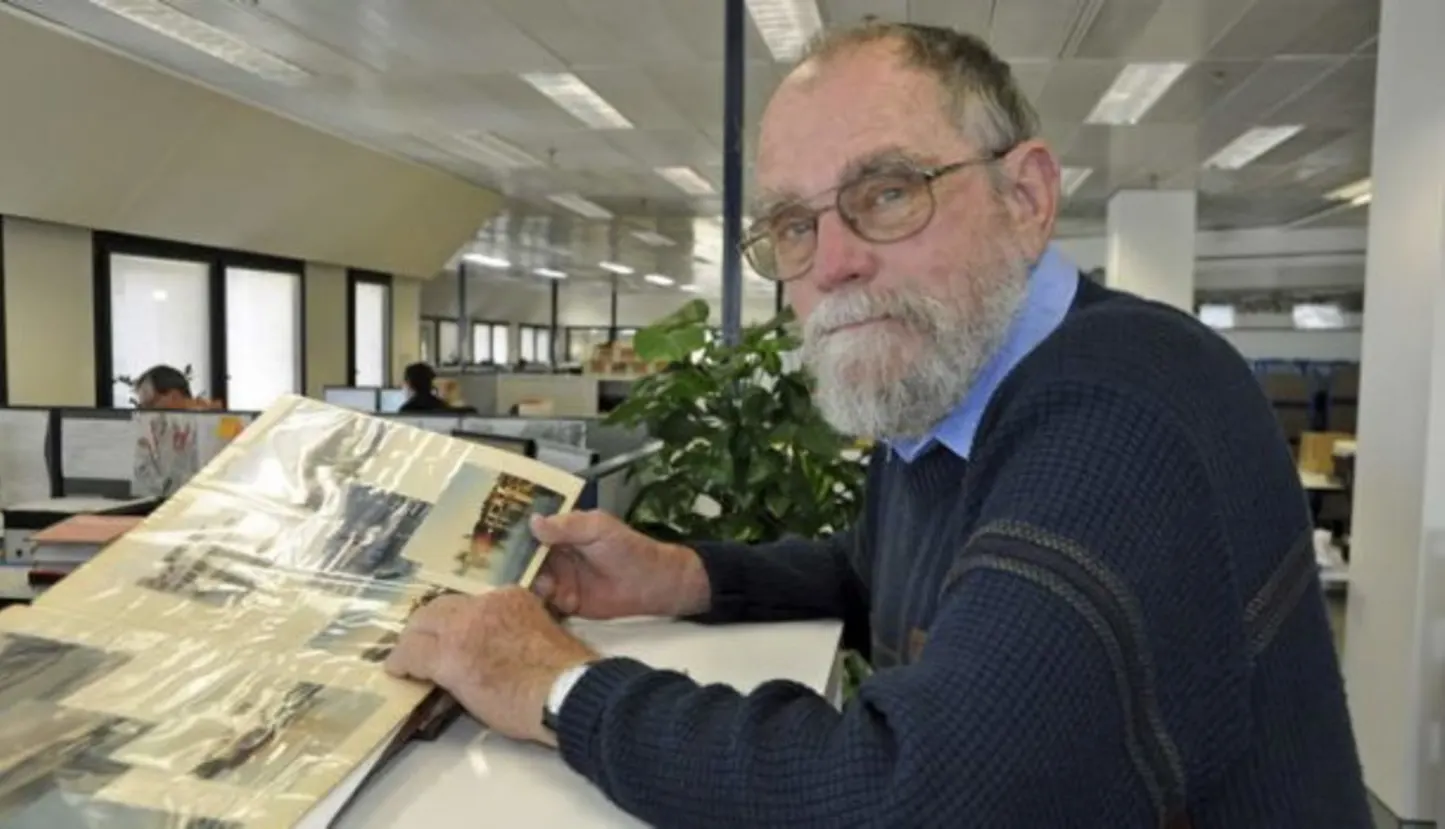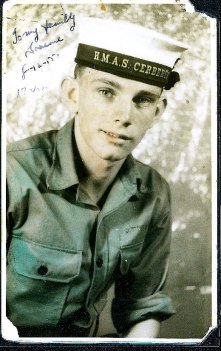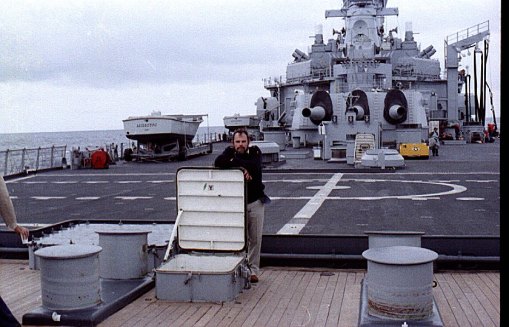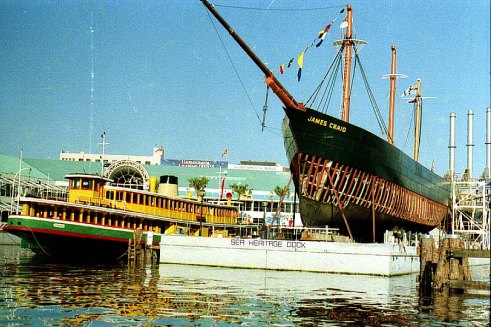GRAEME ANDREWS: 1938–2024
Graeme Andrews developed a passion for the sea early in life and became one of the country’s foremost authorities on maritime heritage. Through his writing, research, and involvement in preserving historical vessels, he helped safeguard a rich and often overlooked aspect of Australian history.
Graeme Keith Andrews was born on September 19, 1938, in Gordon on the north shore at a time when Sydney was still recovering from the Great Depression. Graeme’s father, Colin Bruce Andrews, was the youngest in a large family tracing their lineage back to John Roote Andrews, who arrived in 1849 as the Colony’s first monumental mason. Colin didn’t join the family business, TJ Andrews Funeral Services. Instead he became an accountant and then joined the RAAF at the start of World War II. His mother, Betty Claire Andrews (née Robinson), was the daughter of Leslie Robinson, an optician who ran a shop on Hunter Street, Sydney.
When Colin left his successful accounting practice, the financial strain of military service forced Betty to sell their family home in Castlecrag and move back with her parents at Cremorne Point. It was here, amidst Sydney’s wartime harbour activity, that Graeme’s lifelong fascination with the sea was born. His sister, Carolyne Gail, was born in 1948.

As a young boy, Graeme spent countless hours observing naval ships and the bustling activity of the waterfront. His daily ferry rides to school gave him an up-close view of Sydney Harbour during a time of intense military activity, and his fascination with ships and the sea deepened. Despite his growing interest in maritime affairs, Graeme’s early school years were challenging. He attended Mosman Prep School and Middle Harbour Primary School, where he was often bullied. He later recalled being targeted by classmates.
His primary school years were made more difficult by a teacher who was a World War II veteran and former prisoner of war. The teacher, possibly suffering from undiagnosed post-traumatic stress was harsh with the students. Graeme remembered one instance where the teacher dislocated his finger while administering corporal punishment. Things improved when he was offered a place in a special “opportunity class” at Fort Street Primary School. His teacher there, Mr Ryan, was a nurturing influence, and many of Graeme’s classmates from that time went on to achieve great things.

Graeme Andrews a new recruit in the Royal Australian Navy, 1955.
When he wasn’t at school, Graeme would visit the Maritime Services Board offices and the wharves of Darling Harbour to research ships. Wharf workers took him under their wing, providing both knowledge and the occasional lunch. At a time when Sydney Harbour was home to over 200 working ships, its waters were badly polluted. Graeme still enjoyed swimming in the harbour and playing in rock pools, despite the oil slicks that would coat his skin, to then be vigorously washed off by his grandmother, using kerosene, a common practice at the time.
At the age of 17, Graeme joined the Royal Australian Navy (RAN). It was a decision that might have seemed unlikely for someone with undiagnosed autism. The navy, with its noise, strict routines, and confined quarters, could have been a difficult environment, yet it proved to be a formative experience for him. He learned valuable life skills, including teamwork, respect, and how to navigate social challenges.
His naval career provided him with the opportunity to see the world and participate in a number of memorable experiences. In 1958, while serving on the aircraft carrier HMAS Melbourne, he was an extra in the film adaptation of On the Beach, based on Nevil Shute’s post-apocalyptic novel. Much later, in 1986, he travelled aboard the USS Missouri as a journalist, covering the vessel’s operations.

Graeme Andrews on USS Missouri in 1986.
It was also during his time in the navy that Graeme met his future wife, Winsome Dobric, at a church dance in Fremantle. At the time, Winsome was only 16 years old, and the two became “pen friends,” writing to each other over the course of several years. By the time they married in 1963, they had only spent 15 days together in person, an unconventional courtship that resulted in a marriage that would last 61 years.
At the age of 30 he left the navy and pursued a career in writing. With a young wife, a child, and a mortgage, the stakes were high, but his decision was the right one. Graeme was fortunate to have mentors like Paul Hopkins, the editor of Seacraft Magazine, who helped him navigate the early stages of his writing career. He went on to become the editor of Seacraft and was awarded for his journalism.
He also became involved in the preservation of historical vessels, and he publicly supported the recovery of the TSS Earnslaw in Queenstown, New Zealand, and the tall ship James Craig. These projects, along with other contributions to the Sydney Heritage Fleet, the Australian National Maritime Museum, and other museums, helped ensure that important pieces of maritime history were not lost to time. He was recognised as an Honorary Life Member of the Sydney Heritage Fleet and the Naval Historical Society of Australia.
His Sydney Working Harbour photography collection, which he digitised, captioned and donated to the City of Sydney Archives, consists of approximately 10,000 images documenting the transformation of Sydney Harbour over 160 years. He provided other collections to museums around Australia. This collection was one of the most significant of its kind, offering future generations a visual record of a harbour that has undergone immense change. Lord Mayor Clover Moore described his work as invaluable, noting that without people like Graeme, “many memories and visual histories would be lost.“
He gained a Master of Arts in History from Macquarie University, in 1999. A year later, in 2000, he was awarded the Order of Australia Medal (OAM) for his services to maritime history. In his later years, Graeme learned that he had autism. This revelation helped him make sense of the social challenges he had faced throughout his life.

The James Craig under restoration in Darling Harbour, 1988.
Graeme Andrews passed away on September 25, 2024, at the age of 86, leaving behind an extraordinary legacy of contributions to Australia’s maritime history. His life’s work continues to shape how Australians understand their maritime past. He is survived by his wife, Winsome, daughters Gillian and Carina and five grandchildren.
Article taken from Graeme Andrews: A lifetime dedicated to Sydney’s maritime heritage (smh.com.au)




